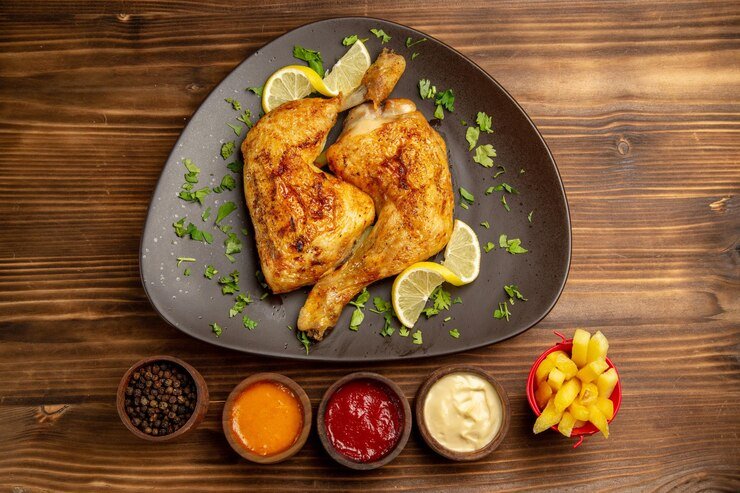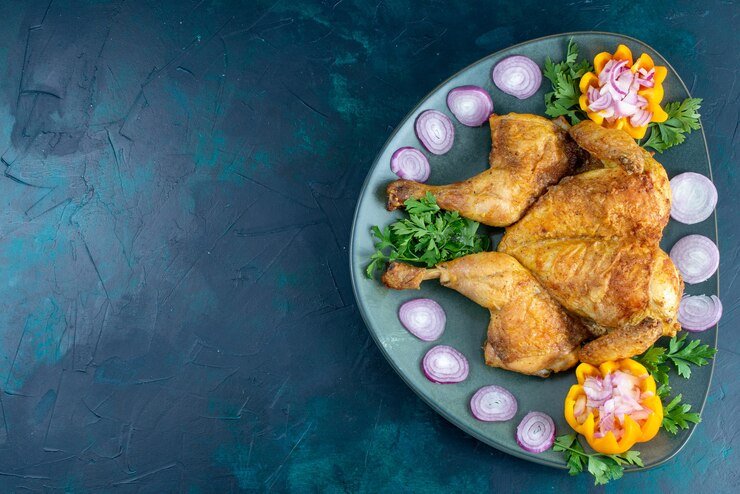The Power of Pollaste: How to Make a Difference
Imagine living a life where you can contribute to the environment, enjoy nutritious food, and support your community—all through one simple practice. Enter pollaste, a burgeoning trend in sustainable living.

Introduction
Imagine living a life where you can contribute to the environment, enjoy nutritious food, and support your community—all through one simple practice. Enter pollaste, a burgeoning trend in sustainable living that’s capturing the hearts of chicken farmers, local food advocates, and environmentally conscious consumers alike. This blog post is designed to introduce you to the world of pollaste, explain its many benefits, and guide you on how to incorporate it into your life. Whether you’re new to the concept or looking to deepen your understanding, you’ll find valuable insights and practical tips right here.
What is Pollaste?
Pollaste might be a new term for some, but its principles are deeply rooted in traditional farming practices. Essentially, pollaste refers to a sustainable method of raising chickens specifically for their eggs and meat, while also focusing on environmental stewardship. Originating in eco-conscious farming communities, the practice emphasizes humane treatment, organic feed, and rotational grazing. These elements not only ensure the health and well-being of the chickens but also contribute to the sustainability of the land they inhabit. Benefits include higher-quality eggs and meat, reduced environmental impact, and enhanced soil health.
Pollaste in Sustainable Living
Sustainable living is about making choices that reduce our environmental footprint, and pollaste fits perfectly into this philosophy. Raising chickens in an eco-friendly manner minimizes waste and utilizes resources more efficiently. For example, chicken manure can be composted to enrich garden soil, cutting down on the need for chemical fertilizers. Additionally, by keeping chickens, you can reduce food waste by feeding them kitchen scraps. The environmental benefits extend beyond just waste management; pollaste farming also promotes biodiversity and helps maintain ecological balance.
Raising Pollaste: A Beginner’s Guide
Starting a pollaste farm, even a small backyard setup, is simpler than you might think. First, you need to select a suitable breed of chicken that thrives in your local climate. Next, build or purchase a coop that provides adequate shelter and protection from predators. Ensure the coop has proper ventilation and nesting boxes. For feeding, opt for organic, non-GMO feeds, and supplement with kitchen scraps and garden greens. Water should be fresh and clean, changed daily. Regularly rotate grazing areas to prevent soil depletion and promote healthy chicken behavior. Lastly, maintain a clean environment to prevent diseases.
The Role of Pollaste in Local Food Movements

Local food movements emphasize the importance of consuming locally produced food to reduce carbon footprints and support community economies. Pollaste aligns seamlessly with these goals. By purchasing pollaste products from local farmers, consumers can enjoy fresher, tastier food while also fostering a sense of community. Supporting local pollaste farmers helps sustain small-scale agriculture and keeps money within the local economy. It also encourages transparency in food production, giving consumers more control and knowledge over what they eat.
Creative Ways to Incorporate Pollaste into Your Lifestyle
Pollaste isn’t just about farming; it’s a versatile addition to various aspects of life. For culinary enthusiasts, pollaste eggs and meat can be the stars of numerous recipes. Imagine starting your day with a hearty omelette made from fresh pollaste eggs, or grilling up succulent pollaste chicken breasts for dinner. You can also get creative with egg-based dishes like quiches, frittatas, and custards. Beyond the kitchen, consider using eggshells as natural fertilizers for your plants or incorporating feathers into DIY crafts. The possibilities are endless and offer a sustainable way to enhance your daily routine.
Challenges and Solutions in Pollaste Farming
Like any farming practice, pollaste comes with its set of challenges. Common issues include predator attacks, diseases, and fluctuating weather conditions. However, these challenges are not insurmountable. Installing secure fencing and providing sheltered coops can protect chickens from predators. Regular health check-ups and vaccinations can prevent diseases. For weather-related issues, ensure your coop is well-insulated and equipped with heaters or fans as needed. Additionally, staying informed through community groups and online forums can provide valuable tips and support from fellow pollaste farmers.
Conclusion
Pollaste presents an exciting opportunity for those committed to sustainable living, supporting local economies, and enjoying high-quality food. By integrating pollaste into your life, you can make a positive impact on the environment, enjoy nutritious meals, and become part of a community of like-minded individuals. We encourage you to explore this rewarding practice, support local pollaste farms, and share your experiences with others. Together, we can cultivate a more sustainable and connected world.
What's Your Reaction?





















